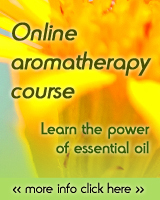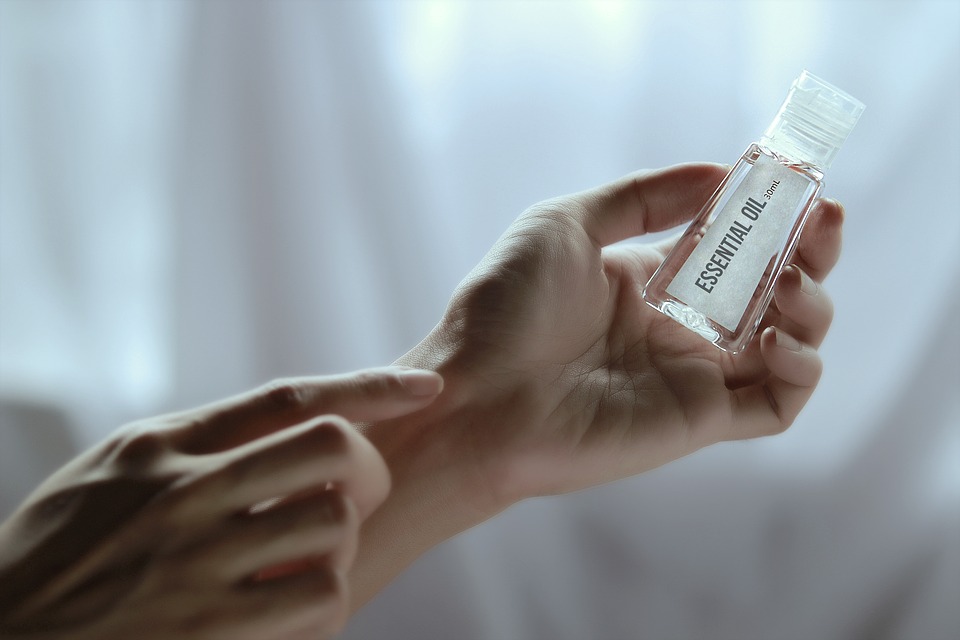Essential oils have gone mainstream. People are using essential oils to treat everything from depression to hunger pangs. There are even direct sales companies that only deal in essential oils.
You can’t get on Facebook without seeing someone talk about using essential oils for everyday issues like headaches and rashes.
The problem is that when something gets popular, it gets expensive. When that happens, it’s natural to want to save money and make your own.
Since the industry is not very well regulated, you’ll know that you’re getting what you think you’re getting when you’re the one who makes it. Making your own can ensure that you use the right techniques too.
There are three methods for making your own essential oils: extraction, distillation, and expression.
- Extraction – This method uses solvent to let the aromatics release. The solvents used can be petroleum, ethanol, or even carbon dioxide-based, depending on the type of plant involved. Essential oil makers who want USDA organic proof often use the newer carbon dioxide-based method. Note that most experts say this is not the best way to make essential oils because these are really absolutes and not oils.
- Distillation – This process uses heat, usually in the form of steam and pressure, to force open the pockets of aromatics. The oils are released into the steam and as the steam cools the liquid turns into a mix of oil and water. The oil, since it’s lighter than water, will float to the top and can then be parted from the floral water.
- Expression – Another way to get the oils out of the plants is to use a cold press method to extract them. This method is used on plants that don’t respond well to heat, such as fresh citrus peeling. You can pretty much press any plant and get oils from it using the right amount of pressure, but it’s not always the best method.

You can buy various kits to use at home or make your own for home extraction. You can also try several methods to find out what works best for your needs and for the types of oils you want to make.
For example, if you want lavender oil, you’ll need to use a different method than if you want to make orange oil.
The method you choose to use to make your own essential oils will depend on what you want to use the oil for, what type of plant matter it is, and the equipment you have available.
You can even buy kits to help you so that you don’t have to reinvent the wheel when it comes to making your own essential oils.
Would like to get 27 Aromatherapy Frequency downloads designed to recreate the healing power of essential oils? Click Here Now!
If you got value from this post, feel free to share it and leave me a comment below as we love your feedback.
